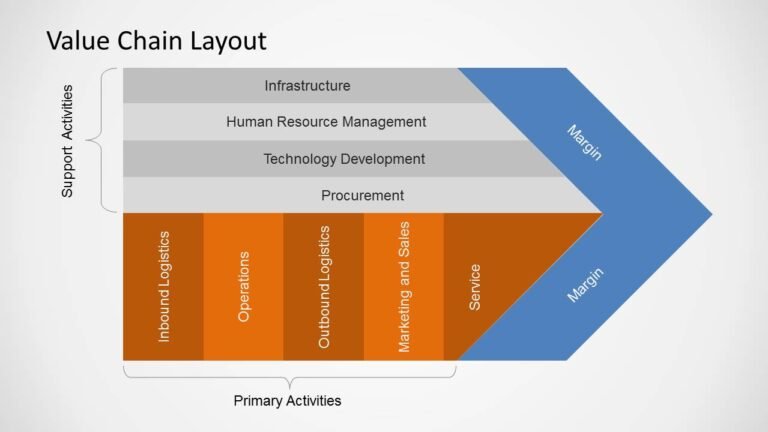Importance of Customer Value to Successful Marketing | Consumer Value
Customer Value and Customer Satisfaction.
What is Customer Value?
Customer Value can be defined as the perception of what a product or service is worth to a consumer as compared to the possible alternatives. The term Worth basically means whether the buyer feels they got benefits and services over what they paid for.
Consumers usually face a broad array of products and services that might satisfy a given need. How do they choose among these many market offerings?
Customers form expectations about the value and satisfaction that various market offerings will deliver and buy accordingly. Satisfied customers buy again and tell others about their good experiences.
Dissatisfied customers often switch to competitors and disparage the product to others. Marketers must be careful to set the right level of expectations. If they set expectations to law, they mean satisfy those who buy but failed to attract enough buyers. If this set expectations too high, buyers will be disappointed.
Customer value and customer satisfaction are fundamental building blocks for developing and managing customer relationships. In terms of marketing, the product is offering will be successful if it delivers value and satisfaction to the target buyers.
The buyer chooses between different offerings based on which is perceived to deliver the most value. We define customer value as the ratio between what the customer gets and what he gives. The customer gets benefits and assumes cost.
Customer Value Equation or Customer Value Formula
Customer Value = All Benefits Received Less Purchase Costs and Time and Effort
Value is equal to benefits less cost. Benefits could be functional benefits and emotional benefits and the costs could be monetary, cost, time cost, energy costs, and psychic costs.
How to Create Customer Value/Strategies for Creating Value for Customers
Based on Customer Value Equation, the market here can increase the value of customer offering by;
- Having a price that makes the buyer believe they are getting more than what they are paying for (Benefits Vs competitive offers).
- Making it convenient for the consumer to buy, and how they want to buy and pay (convenient payment)
- Reducing the product/service price, or having the same price but giving something extra over the competition.
- The brand of the company which is trustworthy will make the customer appreciates the Values of the company including reliability. These create value for the Customer
- Making the Customer feel more esteemed and valued. For instance, giving full attention to the customer creates value for him. Ignoring him/her destroys value for the customer
Drivers of Value Creation
Drivers of Value Creation are drivers that affect customer’s perception of the value of the product or service. Some can be controlled by the marketer and some are not. For any individual customer, they will rank differently in importance. Some people like the product brands, others could prefer the cheap products. These are the divers of value;
- Product function
- Price
- Points of differentiation
- Service
- Quality
- Personal bias from experience and upbringing
- Branding
- Marketing
- Existing relationships or experience
Creating Customer Value and Engagement
💥🎁 New Year & Easter Deals On Amazon !
Don't miss out on the best discounts and top-rated products available right now!
🛒 Shop Now and Save Big Today!*As an Amazon Associate, I earn from qualifying purchases.
Marketing Myopia
What is Marketing Myopia?
Many sellers make the mistake of paying more attention to the specific products they offer than to the benefits and experiences produced by these products. These sellers suffer from marketing myopia.
They are so taken with their products that they focus only on existing wants and lose sight of underlying customer needs. They forget that a product is only a tool to solve a consumer problem.
A manufacturer of drill bits may think that the customer needs a drill bit, but what the customer really needs is a hole. These sellers will have trouble if a new product comes along that serves the product’s need better or less expensively. The customer will have the same need but will want the new product.
Smart marketers look beyond the attributes of the products and services they sell. By orchestrating several services and products, they create brand experiences for the consumers.
For example, HP recognizes that a personal computer is much more than just a collection of wires and electrical components. It’s an intensely personal user experience, as noted in one HP Air. There is hardly anything that you own that is more personal.
Your personal computer is your backup brain, and it’s your life; it’s your great strategy, staggering proposal, dazzling calculation. It’s your autobiography written in 1000 daily words.

